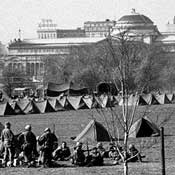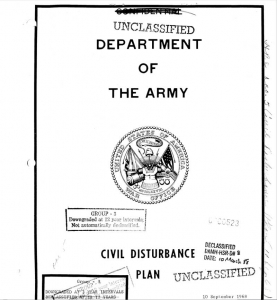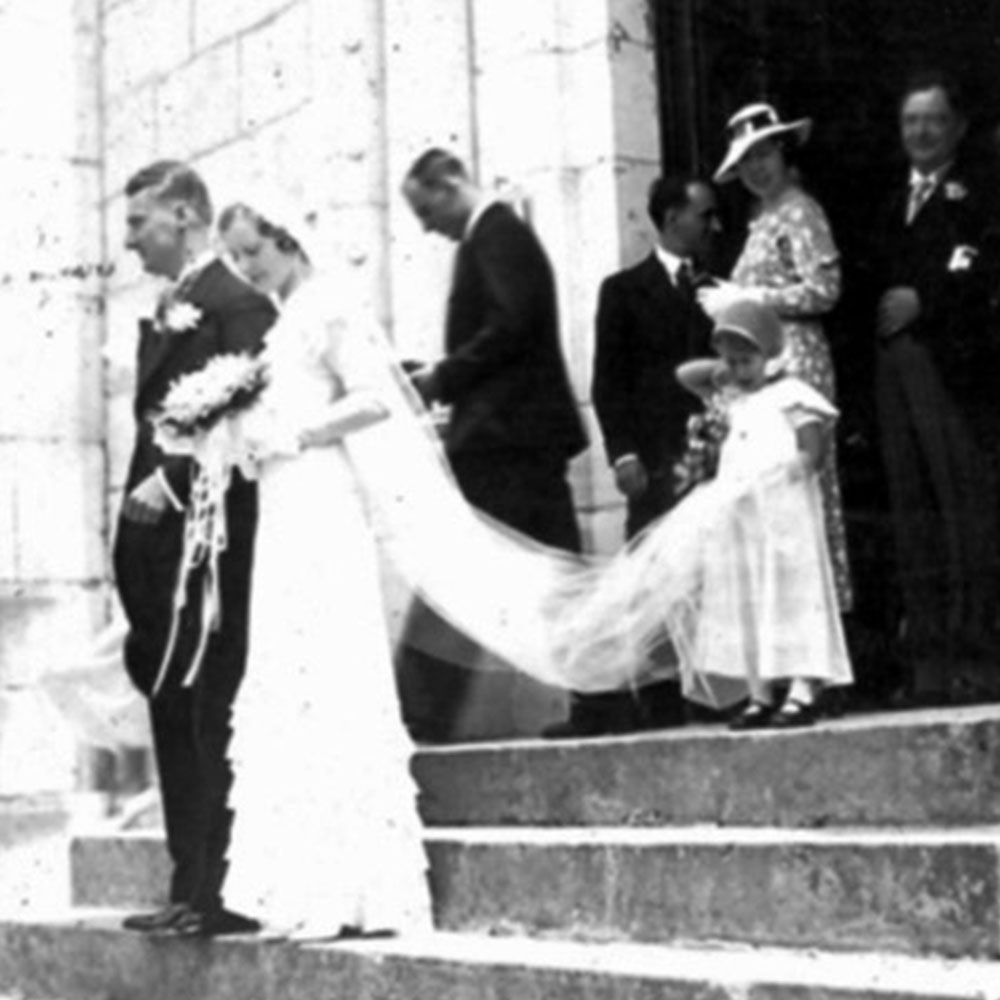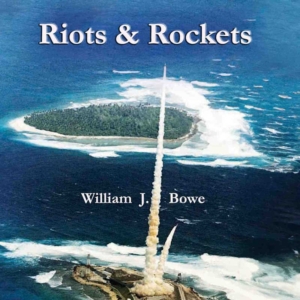Subchapters
- Riots & Rockets Army Days Map (1968-1971)
- Family in the Military
- The Vietnam War Heats Up
- The Decision to Enlist
- Fort Holabird and Intelligence Training
- CIAD in the CD of OACSI at DA in DC
- The Vance Report
- Directorate of Civil Disturbance Planning and Operations
- Bernardine Dohrn-The SDS Revolutionaries Then and Now
- The Army Operations Center (AOC)
- The Blue U and CIA Training
- The Safeguard Anti-Ballistic Missile System
- Huntsville, Alabama, and the Army Missile Command
- NORAD and Cheyenne Mountain
- Johnston Atoll and the Origins of Space Warfare
- Kwajalein Atoll—The Ronald Reagan Missile Test Site
- Kent State University and the Aftermath
- Yale, The Black Panthers, and the Army
- The Secretary of the Army’s Special Task Force
- Getting Short—The 1971 Stop the Government Protests
- 1974 Congressional Hearings on Military Surveillance
- Lunch with Gen. William Westmoreland
Directorate of Civil Disturbance Planning and Operations
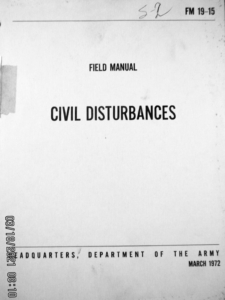
1972 Army Civil Disturbance Field Manual
Immediately prior to my arriving at CIAD, the then-classified Department of the Army Civil Disturbance Plan (Code Name: Garden Plot) was published on September 10, 1968. In a strange coincidence that arose later, Garden Plot’s author and the first head of DCDPO I worked for was Gen. George R. Mather. After my brother Dick’s divorce, Mather’s son later became my niece and nephew’s stepfather. The good General went on to retire from the Army at the same time I did. However, while I left as a Sergeant, he wrapped up his distinguished Army career with four stars after leaving DCDPO to serve as head of the Army’s Southern Command.
When I began my work at CIAD in November 1968, I was given the task of reviewing domestic intelligence relating to the likelihood of DCDPO being asked to again deploy troops to American cities. With this background in mind, I was assigned to provide intelligence needed by DCDPO for both planning and operational purposes. My reading diet for this task included classified government documents which were primarily and voluminously produced by the FBI, and to a lesser extent the Army. I found open-source, non-classified material was usually of more utility than the classified sources in making judgements about whether and when Regular Army troops needed to be alerted for possible deployment.
By the mid-1970s I was back in civilian life, and the country had become considerably calmer. I imagine DCDPO withered away with the changing times, and a half-century would have to pass before the country again saw the widespread civil unrest of the early 2020s.


